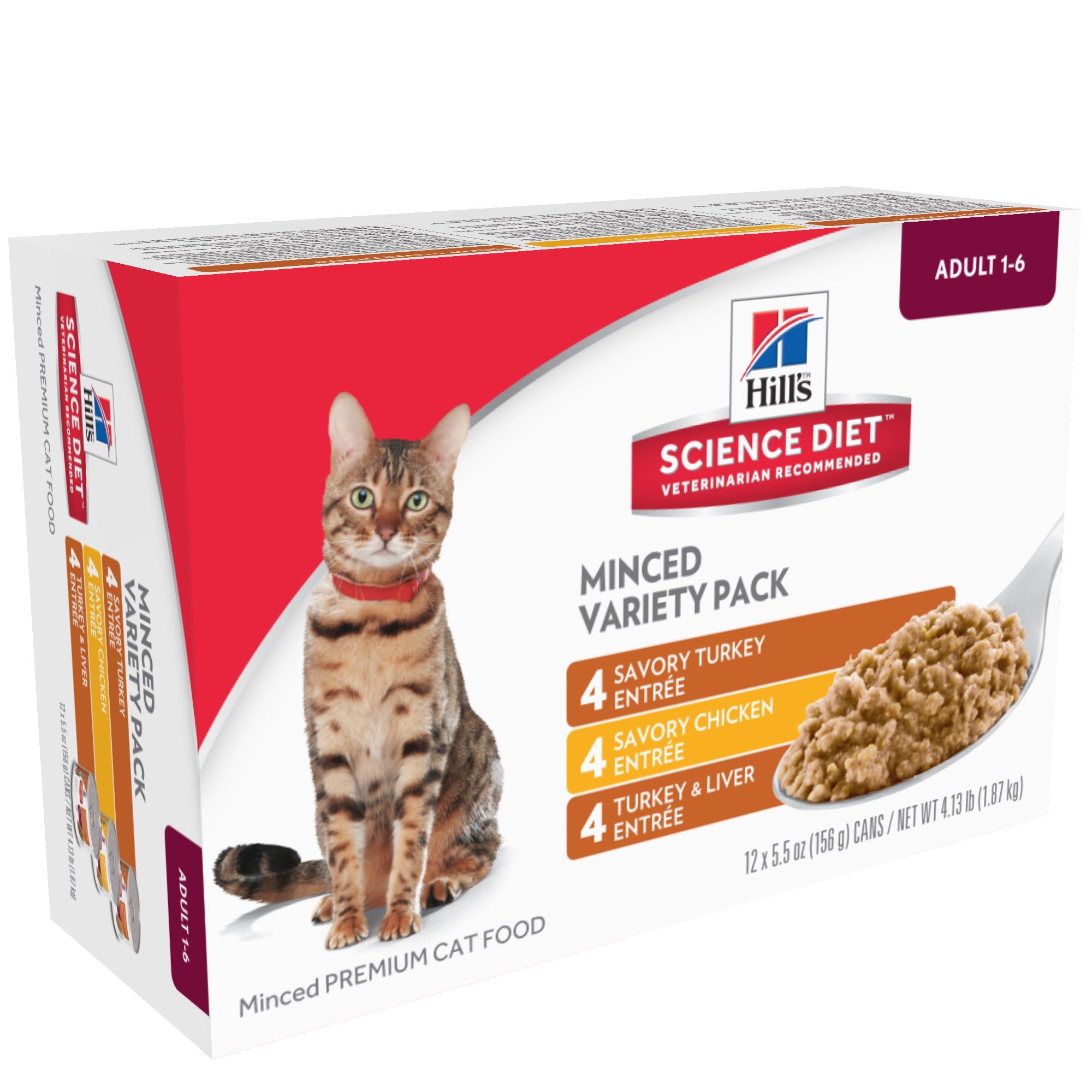
When admiring our serenely sleeping cats curled up cozily on the cease of the bed, it’s difficult to rationalize that those lovely elegant creatures who have ended up affectionate companions and confidants over time are in reality lean, suggest killing machines on the subject of their ingesting conduct.

For maximum cat proprietors, the truth that we are really harboring a skilled assassin is something we might, as an alternative, turn a blind eye to. However, a herbal-born predator’s stunning features are tough to disclaim; strong, agile bodies with lightning reflexes, stealthy silent gait, razor-sharp claws, long dog enamel, notable night vision, exceedingly attuned hearing, and a superior sense of scent. Acknowledging the manifestly obvious reality about those unique creatures we percentage our lives with is essential to expertise all components of their healthcare. Why does this frequently get forgotten on the subject of the most important subjects – cat meals vitamins!
What are you feeding your cat?
Vet’s Klinic Clinical Director and veterinary practitioner, Jenny Philip BVMS MRCVS, is aware of the significance of giving your cat technological know-how based herbal balanced eating regimen, which offers them the nutrients they need to thrive is aware of first-hand how deficient some commercially prepared cat food manufacturers can be from a nutritional factor of view. Currently, 70% of UK cat owners feed a commercially organized eating regimen to their cat, of which half of them feed a mixture of wet and dry cat food; the alternative 30% of owners feed table scraps, raw meat-based totally diets or permit their cats to eat stay prey.
Raw and live prey animal cat meal diets are doubtlessly very biologically appropriate. However, domestic prepared diets are notoriously tough to stability efficiently and can be time eating and inconvenient for the maximum. Worryingly, a current study inside the US determined eighty-four % of these home-organized diets are poor in multiple nutrients. Even so, some commercially prepared cat meals food plan recipes are just as irrelevant; they will nicely balance higher on paper, but it best takes a glance at the back of a packet of a number of those business cat foods to focus on their inadequacies.
For example, take the two high-quality market-leading dry cat food brands; the analytical ingredients (this is the components inside the cat food) study 30-32% protein, 10% fat, and 7.5-8.5% ash. What the manufacturer does not need to claim is the carbohydrate content. Most of those dry diets are over 40% carbohydrate and rely on the carbohydrate to create the kibble shape. So why is an excessive carbohydrate content in a cat’s weight loss program a subject?
Cats are biologically different from us; they’re labeled as obligate carnivores. If you are a ‘Carnivore,’ you derive your energy and nutrients from a weight-reduction plan solely or in particular from animal tissue. If you are an ‘Obligate Carnivore,’ you rely completely on animal tissue in place of a facultative carnivore that, inside the absence of meat, can choose to apply non-animal sources for their nutritional requirements. In the assessment, humans are classed as omnivores, deriving their power from expanding meal resources, and puppies are a topic of controversy. They can be classified as either omnivores or facultative carnivores.
The commonplace supply of energy to all cells in any creature is glucose. For people and dogs, glucose is quite simply to be had from breaking down the carbohydrate in our diets. However, for carnivores, their food regimen of fat and protein calls them to acquire glucose distinctly. Hence cats have properly evolved pathways to convert the constructing blocks of protein into a source of glucose. These pathways exist in people and dogs, but they may be part of a group of pathways to create energy that may be altered depending on the food ingested. Even if a cat has not consumed any protein, its frame cells nevertheless call for a source of amino acids for strength. Inside the absence of dietary protein, they should start utilizing present body protein, i.E. Muscle tissue, to hold ordinary cellular characteristics.
Cats in the wild might eat an excessive quantity of protein of their weight-reduction plan, 62% if they consume a mouse. Comparing this with the economic weight loss plan at 30%, it does not take a professional nutritionist to become aware of a large discrepancy inside their weight loss program!
Don’t All Commercial Cat Foods Contain Protein?
Technically, commercially prepared cat food products contain protein; however, not all protein is created equal. The other essential question that needs to be taken into consideration is from which the protein originates. Protein in a diet can come from animal tissue. However, it is also found in lots of vegetables and grains. The only way to determine the supply of protein is by analyzing the composition (ingredient) list on the lower back of the packet. The listing is ordered via weight in descending order, so to fulfill a cat’s organic requirements, a source of meat-based protein has to be first at the listing. For the 2 diets in our example, the primary 3 components examine cereals, animal and meat derivatives (10%), vegetable protein extracts. Therefore, the protein declared in these diets is essentially derived from non-animal sources. Other than the obvious fact that we’ve got in no way witnessed a cat with a preference to stalk veggies, why does this count number?
Cats Need Animal Protein for Health Reasons.
It subjects because cats require precise amino acids and nutrients of their weight loss plan that are essential for everyday mobile characteristics; some of these can only be received clearly from animal tissue. Arginine, Taurine, Cysteine, and Methionine are amino acids used in masses of critical approaches in mammals, but cats should rely upon a nutritional source, making them vital; this is not the case in puppies and human beings as they could synthesis those molecules from others. For cats, this manner is not green, and their everyday requirements are a lot higher. Therefore they utilize them faster than they may be created. Deficiencies can motive extreme disorders; for example, taurine deficiency can reason coronary heart disease and blindness. Commercial diets must comply with strict tips to ensure that those molecules are found in good enough amounts. In cases in which ranges are inadequate, the cat will want to take a synthetic complement to ensure they obtain the proper degree of the crucial nutrients and minerals. The extra-logical and natural approach is honestly to feed what the cat evidently requires- meat-based, totally protein!
How a lot of us have visible a black cat that has a reddish-brown tinge to its coat?

This is something that lots of us may have found in passing without realizing but is a classic instance of the outcomes that a weight loss program poor in meat can have. Tyrosine is an amino acid handiest found in animal tissue that cats can’t synthesize themselves. However, it isn’t necessary for frame feature and consequently is not a regulated requirement to be supplemented in commercial diets. Tyrosine is a key component of the pathway that creates melanin, the black pigments liable for their coat shade; so in a deficient state, a black cat turns brown.
Where is your cat’s protein coming from?
Even while animal protein is blanketed in an eating regimen, most people come from rendered assets. Rendered meat or more generally named ‘meal,’ comes from animal tissue that has been heated for a prolonged time at severe temperatures and pressures to dispose of the fats. Rendered meat is, on average simplest 75% digestible. This means that for each 10g of rendered meat ate up, only 7.5g can be utilized with the frame’s aid. When you compare this to some of the new technologies using fresh meat as an element, with ninety-six % digestibility, this protein supply seems to be an extra favorable element. Furthermore, the carbohydrate content material in commercially organized cat food diets affects digestibility; the better the carbohydrate content, the less digestible the protein. Several elements are contributing to this; however, predominately, carbohydrates boost up intestine transit. As a result, lowering the time available to digest protein within the weight-reduction plan.

















